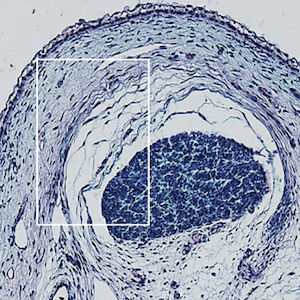Retention rate of abatacept in rheumatoid arthritis patients in a real-life setting: results from a monocentric cohort
All claims expressed in this article are solely those of the authors and do not necessarily represent those of their affiliated organizations, or those of the publisher, the editors and the reviewers. Any product that may be evaluated in this article or claim that may be made by its manufacturer is not guaranteed or endorsed by the publisher.
Authors
Objective. Data from trials demonstrated that abatacept (ABA) has a good safety and efficacy profile in treating rheumatoid arthritis. We have studied the retention rate of ABA in a real-life cohort of patients with rheumatoid arthritis.
Methods. This is a monocentric, retrospective study including patients with rheumatoid arthritis classified by the American College of Rheumatology/European League Against Rheumatism 2010 criteria who started treatment with ABA. The Kaplan-Meier method was applied to evaluate the ABA retention rate.
Results. This analysis was conducted on 161 patients [male/female 21/140, median age 65 years, interquartile range (IQR) 18.7, median disease duration 169 months, IQR 144.0]. 111 patients (68.9%) received ABA subcutaneously. ABA was associated with methotrexate in 61.9% of patients and was the first biological disease-modifying antirheumatic drug in 41%. We observed a median ABA survival of 66 months [95% confidence interval (CI) 57.3-74.7], with a retention rate of 88% at 6 months and 50.9% at 5 years. Drug survival was significantly higher in patients treated with ABA subcutaneously and in male patients (p=0.039 and p=0.018, respectively). Adjusted for main confounders, female gender was the main predictor of withdrawal (hazard ratio 5.1, 95% CI 1.2-21.3).
Conclusions. Our study shows that better survival is associated with subcutaneous administration and male gender, confirming ABA effectiveness.

This work is licensed under a Creative Commons Attribution-NonCommercial 4.0 International License.
PAGEPress has chosen to apply the Creative Commons Attribution NonCommercial 4.0 International License (CC BY-NC 4.0) to all manuscripts to be published.










